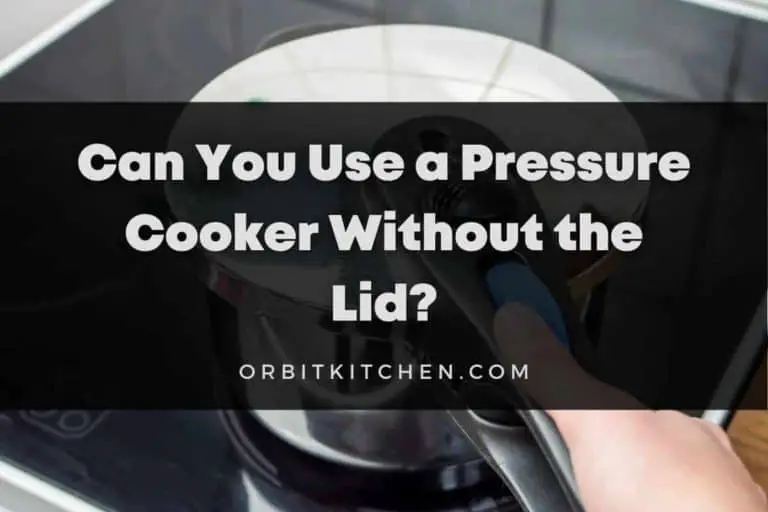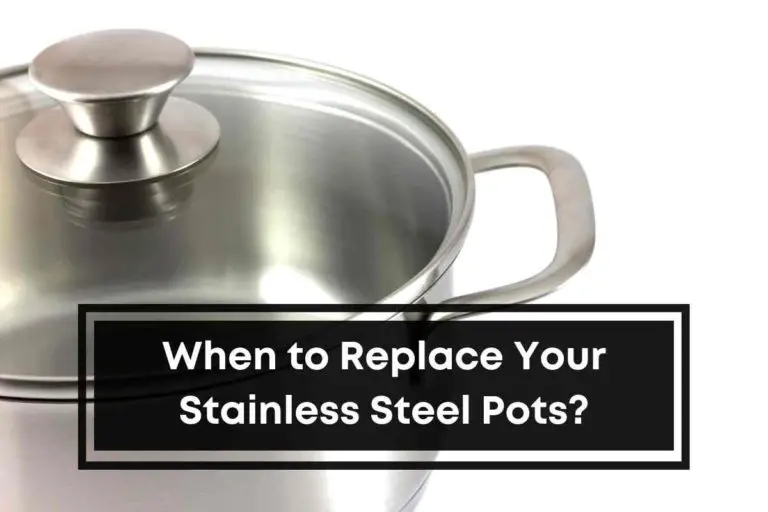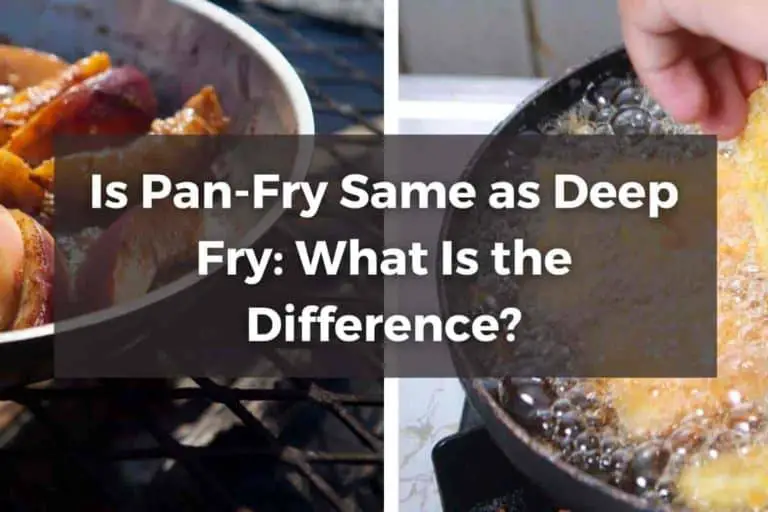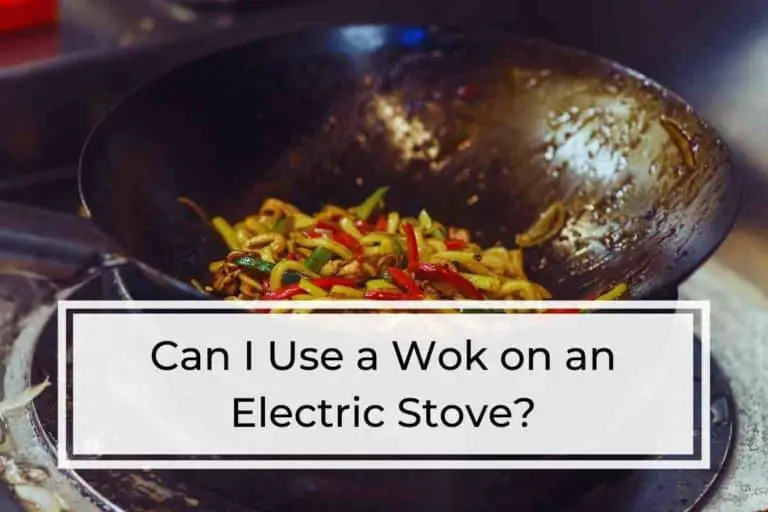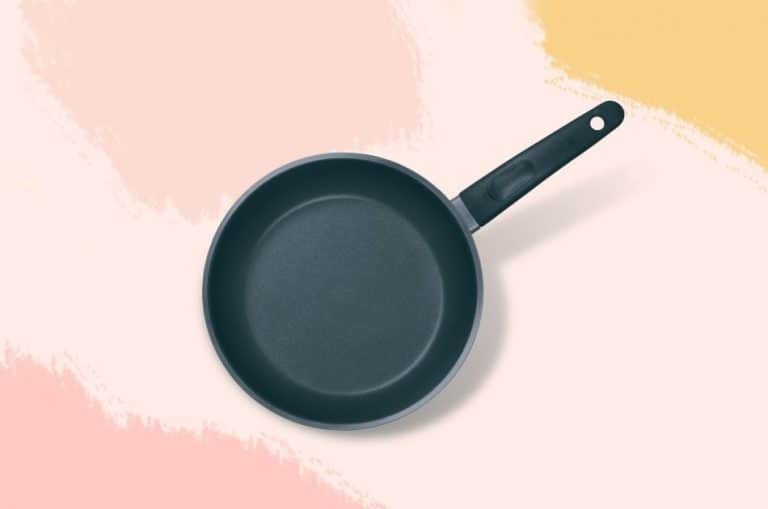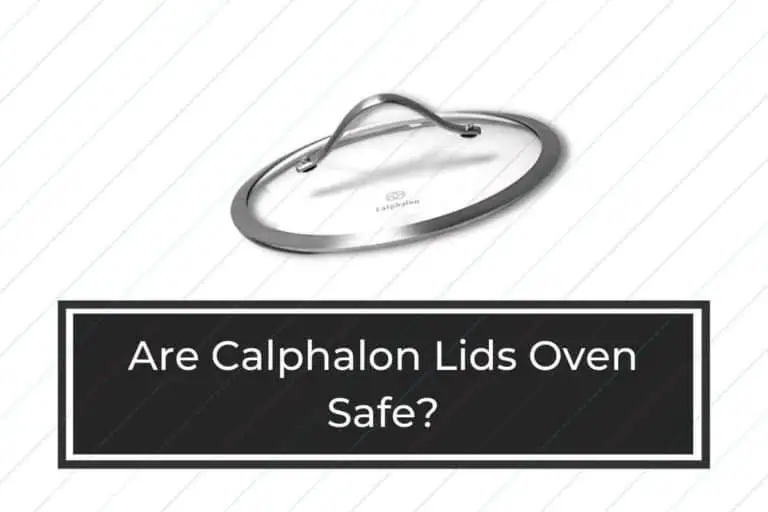Why Do Stainless Steel Pans Get Cloudy?
Stainless steel is the most popular material for kitchenware because it’s easy to clean and lasts a long time. It’s also one of the most popular materials for cookware, but there’s one problem: stainless steel pans get cloudy after a few months of use.
Why do stainless steel pans get cloudy?
Stainless steel pans can get cloudy for a variety of reasons. If the pan is new, it may have a factory coating; when it’s removed pan starts cloudy. The pan may have build-up from cooking oils and other residues if it is old. Cloudiness can also be caused by using the wrong cleaning materials or methods.
In this post, we’ll take a closer look at what causes stainless steel pans to get cloudy and how to prevent this.
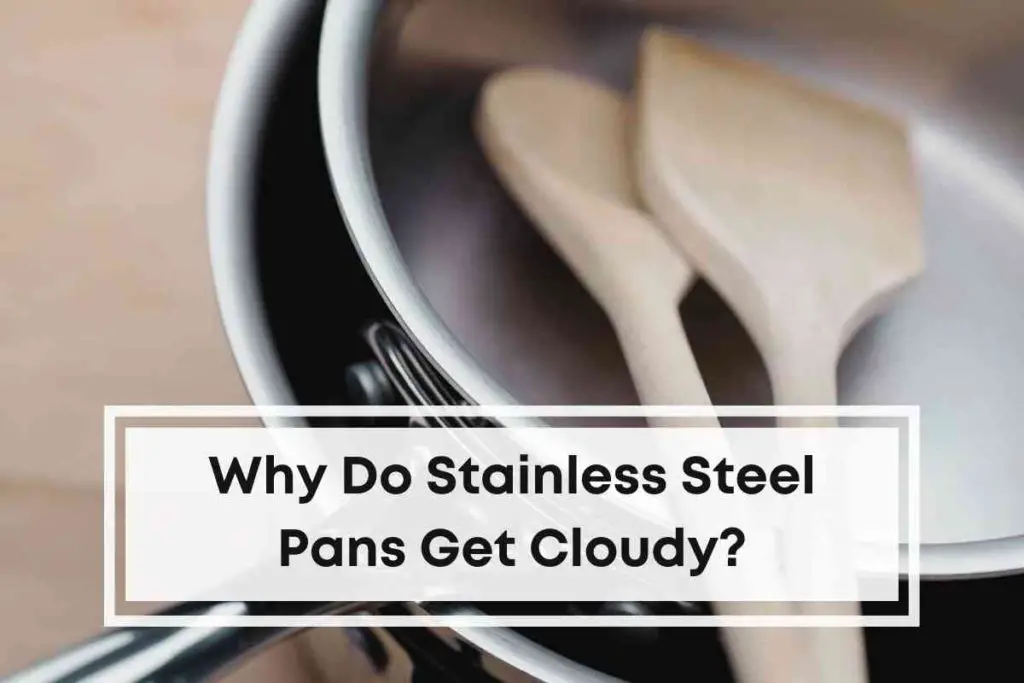
If you’re looking to buy the best cookware products, be sure to visit my Recommended Products Page (click to see my page), Which includes all of my top picks by category.
White Stains and Stainless Steel Cookware
White stains can form when a stainless steel pot is exposed to water. The reaction between the pan and water is caused by high levels of mineral content in your tap water, which can include ions such as copper and iron.
Why Do White Spots Appear on Stainless Steel Cookware?
Many factors can cause white spots to appear on your stainless steel cookware. Here are some common causes for white spots to appear on stainless steel pans:
Food Reaction:
White stains are also caused by certain foods reacting with the metal surface of your cookware, particularly acidic substances like tomatoes or citrus fruits. These reactions often result in discoloration that will not wash off easily if you try scrubbing it clean. This type of stain may also occur if you use soap on your pans after cooking with them – although this might seem counterintuitive, soap residue can cause white spots on your pots and pans after they’ve been cleaned!
Repeated Exposure to Vinegar:
The repeated exposure to vinegar (which contains acetic acid) will cause white spots on stainless steel cookware over time. You won’t remove these spots simply by washing the vessel with warm water or soap since they are formed from an oxidation reaction between vinegar and oxygen in the air (which means these types of stains require more drastic measures for removal).
What Are the Main Causes for Stainless Steel Pans Getting Cloudy?
Staining is a common problem with stainless steel cookware, especially regarding food preparation. When you heat your pan, the surface will start to get cloudy. There are many reasons why this happens, but the most important thing to know is that it’s not something you can quickly fix.
If you don’t clean your stainless steel pans, they will become cloudy very quickly. However, if you clean your pans regularly, you can prevent this problem from ever happening.
01. Hard Water Contamination
You may have heard of hard water, but you might not be sure what it is. The term refers to water that contains a high mineral content. However, hard water can cause problems for stainless steel pans because the extra minerals in the hard water cause white stains on your cookware over time.
Some people don’t mind having cloudy pans that stick around for years or even decades—it just means they have an old pan! If you want to keep your shiny new stainless steel pan looking good for as long as possible, you’ll need to take steps against hard-water stains.
02. General Sulfur Contamination
Sulfur is a naturally occurring element found in small amounts in the earth’s crust. It’s also used in industry as a component of sulfuric acid and other chemicals. Sulfur is present in many foods, including eggs and dairy products. And it’s a component of many household products such as detergents, dandruff shampoos, and mouthwash.
Suppose you’ve been cooking with stainless steel pans over an open flame on your stovetop or electric range for any time (even if you’ve been using low-sodium salts). In that case, there has likely been some sulfur contamination from cooking oils or any type of burned-on residue from previous meals cooked at high temperatures.
03. Food Contamination
Food contamination is one of the most common causes of stainless steel pans getting cloudy. Food particles can get stuck in the pan, and this can cause the metal to react with them. For example, if you’re cooking with acidic foods like tomatoes or wine, that acidity could react with your stainless steel pan and cause it to become cloudy.
Another common way for your stainless steel pan to get cloudy is using it over an open flame, or heat source without any additional oil or fat added beforehand. This can also leave a residue on your pan that will eventually turn into a film on top of your cooking surface.
04. Cleaning Method
Cleaning stainless steel pans is a process. But don’t worry—there are plenty of ways to get rid of that stubborn cloudiness and make your pan shine like new again! Here are some different methods for cleaning stainless steel pots and pans:
Cleaning With Vinegar:
Vinegar is the best way to clean stainless steel pots and pans. If you have a lot of iron in your water (which can leave residue on your pans), vinegar will help remove it. To clean a stainless steel pot with vinegar, put about two tablespoons of vinegar into the pot, then fill with water until it covers all parts of the inside surface.
Turn on medium heat for about ten minutes or until bubbling stops completely, then turn off the heat and let cool completely before washing as usual with dish soap once cooled down completely. This method works well because vinegar kills bacteria while killing odors at the same time!
Cleaning With Baking Soda:
Baking soda is also an effective cleaning agent when used correctly—if there’s any odor coming from your food sticking onto your dishes after cooking meals throughout their lives together? Use baking soda! Just sprinkle some dry baking soda onto whatever surface needs scrubbing down (like pots), then use wet sponge/cloth/etcetera as normal!”
05. Damage Caused by Pans
While stainless steel pans are durable, they can still be damaged by heat, detergents, and too much exposure to air. Heat damage is one of the most common causes of a cloudy pan. If you use an incorrect heat range for your cookware or heat it on too high a setting, this will result in discoloration and eventual warping of the pan’s interior surface.
This is especially true for aluminum-clad pans that don’t have a thick layer of stainless steel covering them. It may even happen if you’ve been storing them in direct sunlight or leaving them in hot cars when not in use!
How to Clean Cloudy Stainless Steel?
You can clean a dirty stainless steel pan with household items. You don’t have to use any products at all! But if you prefer to use a cleaner, plenty of options won’t leave behind a residue or damage your cookware. Start by filling the pan with hot water and adding one tablespoon of baking soda to help break down grease and food particles. Let it sit for 15 minutes before scrubbing off dirt using a soft cloth or sponge. If this doesn’t work, try using dish soap instead.
You can also use lemon juice or vinegar as an alternative cleaning solution if you want something more natural on your hands (it’s not recommended). Make sure that the surface is completely dry before putting it away after cleaning. This keeps bacteria from growing inside, which could harm whoever uses the item next time around!
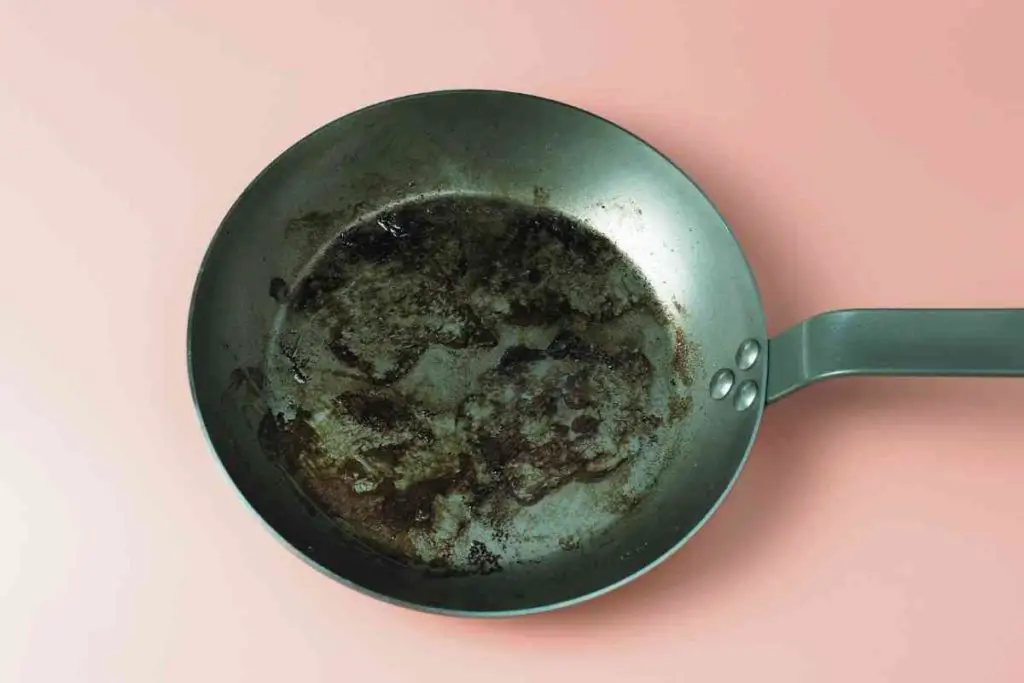
How to Remove White Stains from Stainless Steel Cookware?
You can remove the white stains by following these steps:
- Fill the cookware with a solution of equal parts water and vinegar.
- Let the cookware soak for 30 minutes.
- Scrub the cookware with a non-abrasive sponge or cloth.
- Rinse the cookware well with water.
- Dry the cookware with a clean towel.
How Do You Remove Haze from Stainless Steel?
Stainless steel is a type of steel resistant to corrosion and staining. However, it can still become dull and hazed over time. To remove the haze, you can use various methods, including polishing with a soft cloth or using a stainless steel cleaner.
Here are the steps you can follow to remove the haze from stainless steel:
- Begin by mixing a small amount of dish soap with warm water in a bowl.
- Use a soft cloth to gently scrub the stainless steel surface in a circular motion.
- Rinse the cloth frequently in soapy water to avoid spreading the haze.
- Once the haze is gone, buff the surface with a dry, soft cloth.
- Repeat the process as necessary until the stainless steel is clean and streak-free.
Conclusion
To prevent your stainless steel pan from getting cloudy, you should always use distilled water to clean it. When you wash your pan, rinse it thoroughly with hot water and let it air dry. Never use tap water, as it may contain minerals that will leave a film on your stainless steel pan.
When you’re cooking with stainless steel pans, there are two things you need to watch out for. First, you should be careful not to scratch or dent the pan’s surface. This can cause rust to form and cause the pan to get cloudy. Second, you should be sure to clean your pan after every use. If you don’t, you may end up with a pan that looks shiny and new, but the inside is covered in a thin layer of rust.
If you are interested in the best kitchen products and accessories, be sure to visit my Recommended Products Page (click to see my page), Which includes all of my top picks by category.

